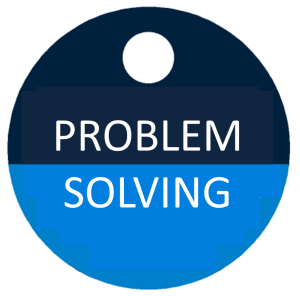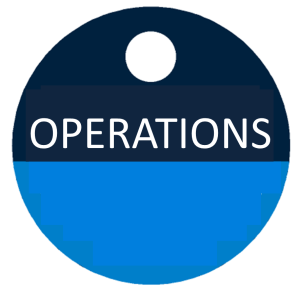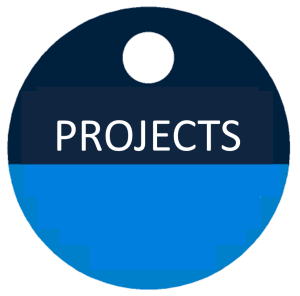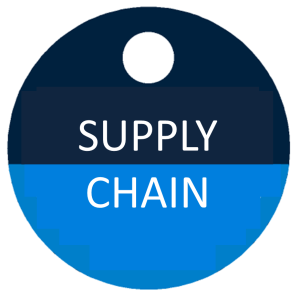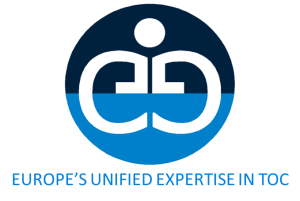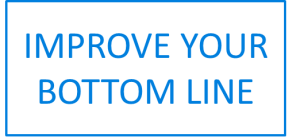Operations
-
Results
With a change from traditional process management (even well managed) to the TOC Process Management & Production solution the following results are generally realized in 2 to 7 month without noteworthy investments in capacity.
Bottom-line results:
Output: +15% to +60% Due Date Performance: very close to 100% Lead Time: -25% to -90% Work in Progress: -25% to -90% Qualitative Improvements:
- Local decisions of all parties involved contribute to maximize the performance of the whole.
- Bottlenecks are consistent, identified, exploited and well managed.
- The WHY of management decisions is clearly understood by all parties involved.
- Schedules are stable and immunized against Murphy.
- Process control is easy, transparent and less time consuming.
- Priorities on all (work) orders and criteria to take specific actions are objective, transparent and real time.
- Operational atmosphere is proactive, relaxed and team-like.
- Quality is improved, and rework & scrap is reduced due to short learning cycles and early defect detection.
- Management attention is focussed on the end result.
Sales and production are synchronized. - Overtime is minimized to only support the end result.
- Information system indicates important issues before they get urgent.
- Information system provides key issues for a focussed ramp up and/or improvement process.
The Problem
Despite the fact that production managers are doing a good job, they are continuously pressed to decrease costs and inventory, increase output, improve quality and shorten delivery times. At the same time they experience wandering bottlenecks, constantly changing priorities and unpredictable disturbances (Murphy). Various process improvements, set-up reduction programs, quality circles, etc. do not have a real impact on the overall performance; still there is great pressure to meet the promised due dates.
In spite of this stressful environment, the same managers intuitively feel that their organisation has far more capabilities than it reveals. How to release this hidden power?
Most of the improvements are targeted on isolated parts of the total process under the assumption that all these local improvements will accumulate into the improvement of the total. Bottom-line results (or better: the lack of these) show that this assumption is not valid.The Direction of the Solution
The Process Management & Production solution of TOC acknowledges the fact that local improvements do not accumulate into the improvement of the total. Therefore the solution is targeted directly on the performance of the overall operational chain.
We use the solution partly described in the book ‘The Goal’ – also known as Drum Buffer Rope (DBR) and Buffer Management (BM) – it is balancing flow, not capacity. This enables management to act according to the principle that the strength of a chain is determined by its weakest link.
Some of the main differences between the TOC-Process Management solution and the traditional way of Process Management are displayed in the table below.Drum Buffer Rope & Buffer Management Traditional Process Management Balancing flow Balancing capacity Maximizing utilization of constraints, subordinating non-constraints to the constraints Increasing efficiency of all resources Minimizing lead time by synchronizing material release with the physical constraints. Thereby reducing work in progress and waiting time Minimizing lead time by reducing process time Only improvements with bottom line impact are regarded as an improvement of the system Any improvement of local units are regarded as an improvement of the system Increasing Throughput is No. 1 Reducing cost is No. 1 Minimizing transport batches and minimizing process batches as long as throughput is nut hurt Establishing economic batch quantity (optimum between product cost and carrying costs) Controlling by buffer management Controlling by comparison of actual vs. plan Work in progress is located to immunize the (flow) constraints against Murphy Work in progress is protecting all resources for idle time Underlying Assumption:
sum of local optima is not equal global optimumUnderlying Assumption:
sum of local optima is equal global optimumThe Process Management & Production solution and its control mechanism can be fully combined with other TOC-Solutions, e.g. Supply Chain Management & Distribution, Marketing & Sales as well as Finance & Measurement.
Based on TOC we offer solutions for ultimate success.
